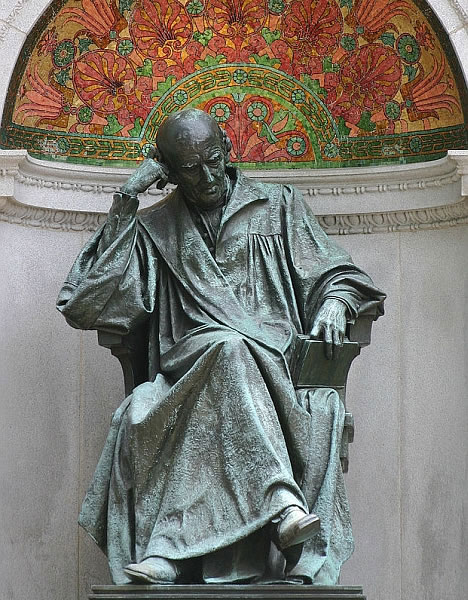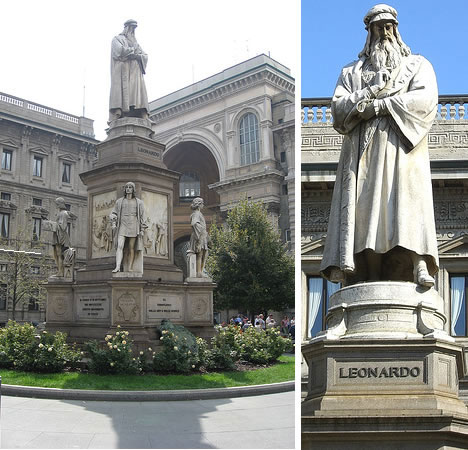English mathematician, logician and cryptographer, Alan Turing is famous for being the father of modern computer science. Turing’s greatest impact on our daily life was his work at Bletchley Park, the UK’s codebreaking centre, where he contributed to crack the Enigma code used by the Germans during World War II. It was considered decisive for defeating the Third Reich.
He also worked on the design of the ACE (Automatic Computing Engine) and presented a paper on 19 February 1946, which was the first complete design of a stored-program computer in the UK. Another area that Alan Turing researched and got very interested in was artificial intelligence. He proposed an experiment, the famous Turing test, an attempt to define a “sentient” computer. He thought a computer can think. Turing also helped build one of the first working computers in the world - the Mark 1 in 1949.
His memorial, situated in the Sackville Park in Manchester, England, was unveiled on June 23 (Turing’s birthday) in 2001. It faces Alan sitting on a bench with an apple in his hand. It’s the classical symbol of forbidden love and the fruit of the tree of knowledge. It also represents the way Alan Turing died : he ate a cyanide-laced apple.
Samuel Hahnemann
An advocate of homeopathic medicine (the Father of Homeopathy), Samuel Hahnemann believed patients benefited from much smaller doses of drugs than were customarily prescribed. He is also the first in the world to use the magnet therapy. Using north and south pole magnets, he prepared three medicines by exposing milk and water to the magnetic force and found that he could treat 1243 symptoms in aiding recovery of diseases. During those times most pharmacists and doctors were against his ideas, mainly because they wanted to profit from the sale and administration of drugs.
In the northwest quadrant of Washington DC, located on Scott Circle, the monument was supported by the growing homeopathic community with individuals donating as little as $0.25. It’s a curvilinear memorial that features the bronze likeness of Hahnemann in the center under a domed, glazed mosaic composed of foliage and flower of the cinchona plant.
Leonardo da Vinci
Leonardo di ser Piero da Vinci, or shorter Leonardo da Vinci was an Italian polymath. Though he is mainly known as a great painter and sculptor, his knowledge and skills allowed him to be one of the best scientists, mathematicians, engineers, inventors, anatomists, architects, botanists, musicians and writers in the world. Trying to envision what the future holds, Leonardo’s ideas were vastly ahead of his time. Though his concepts were not feasible back then, he was able to visually represent the way a helicopter and a tank should look, considered a calculator, solar energy, and outlined a rudimentary theory of plate tectonics.
Anatomy, civil engineering, optics and hydrodynamics all fascinated Leonardo da Vinci. Other of his inventions include musical instruments, hydraulic pumps, reversible crank mechanisms, finned mortar shells, a steam cannon and so many more.
Traveling to Milan will most likely get you to Piazza della Scala (here’s the most famous opera house in the world, La Scala) where you can see the noble monument in marble, that was erected in 1872 to the memory of that immortal artist of the Renaissance, Leonardo da Vinci.

No comments:
Post a Comment